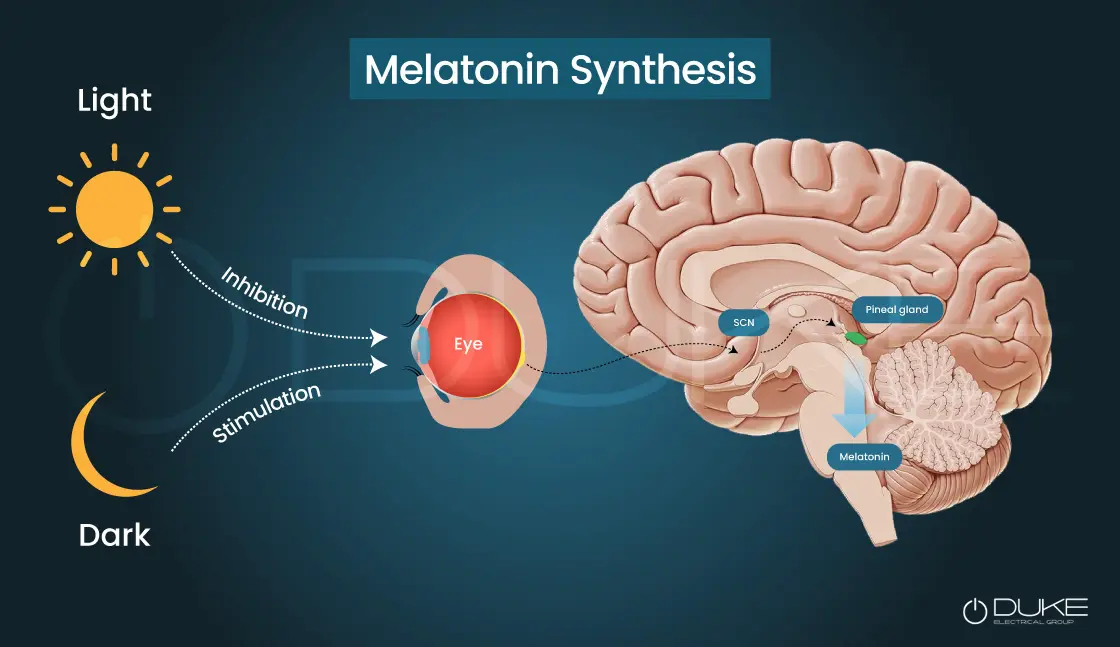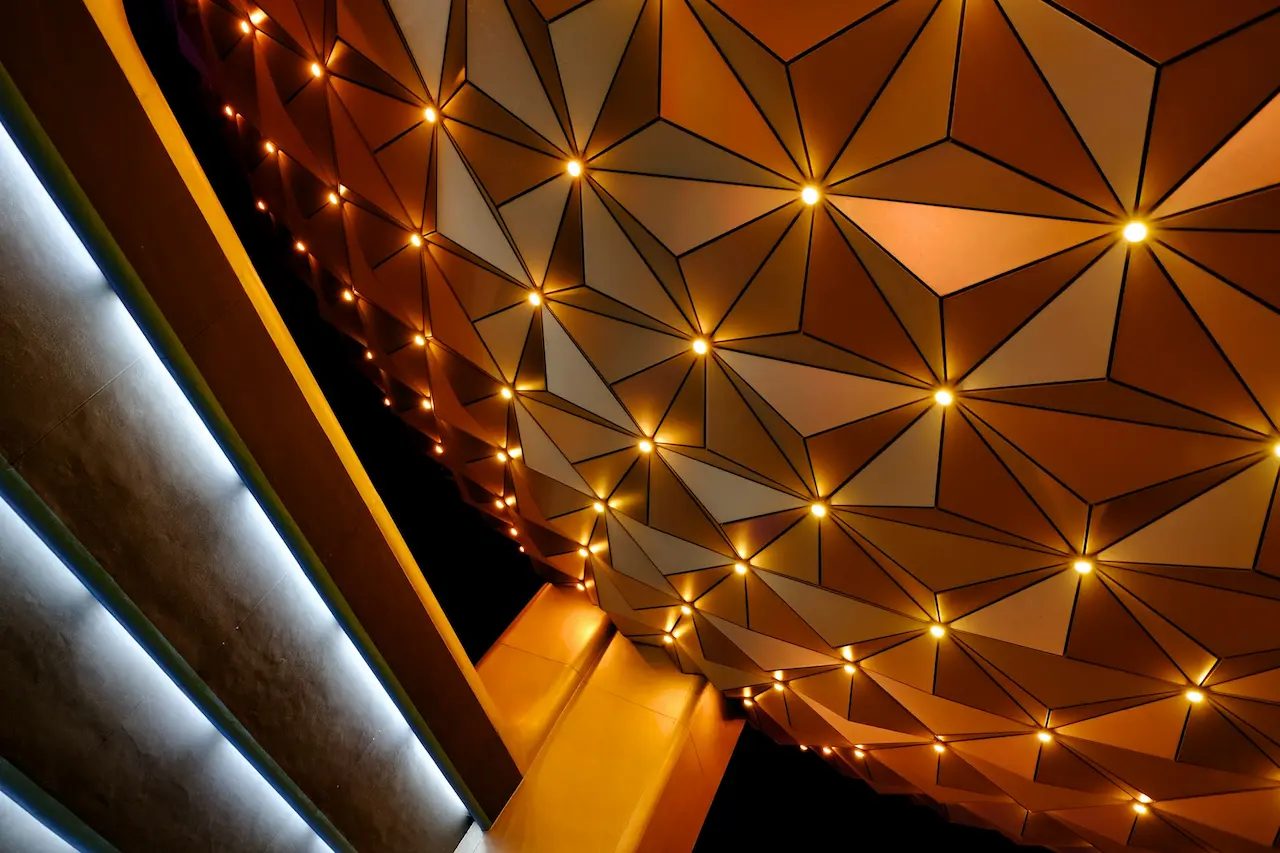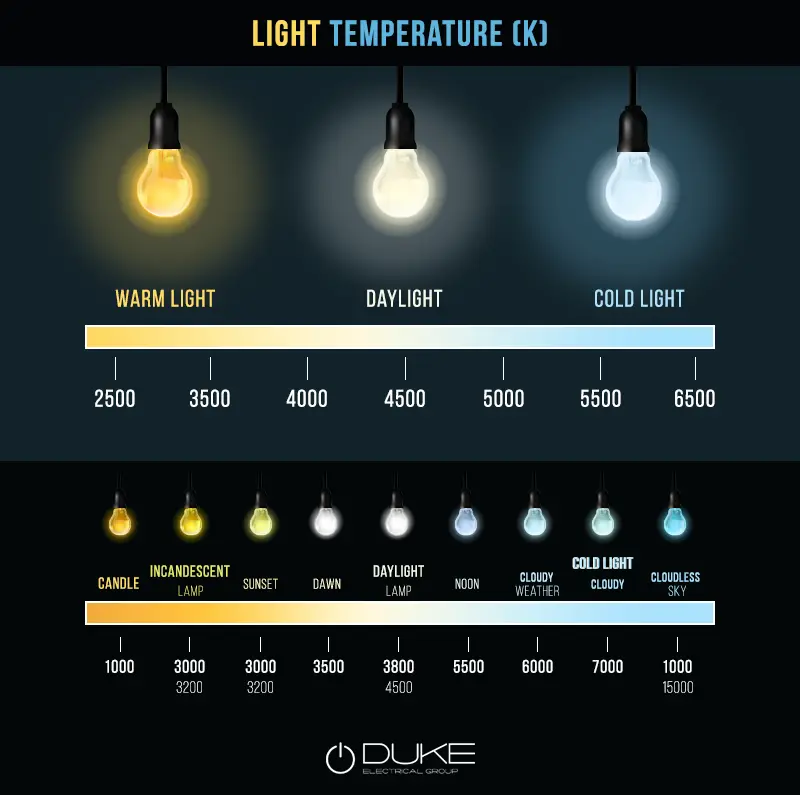What Is Circadian Lighting And What Does It Do?
From healthcare to the corporate sector, many people have started to investigate the benefits of lighting which follows the body’s natural sleep/wake cycle. These strategically designed systems, also known as circadian light, may be able to improve people’s alertness, health, productivity and more. The DUKE Electrical Group are seeing a growing trend with this lighting and the interest from home, retail and corporate. The health benefits for the cost, seem to be well worth it!
Scientists still find the mysterious nature of circadian rhythms intriguing. 2017 Nobel Prize in Physiology or Medicine went to researchers who discovered the molecular mechanisms controlling the process. Circadian lighting is designed to align the body’s internal time with the 24-hour cycle of diurnal/nocturnal light. Bright bluish lights are used during the day in order to suppress melatonin, which our brains naturally produce to aid sleep. As the evening draws near, the system switches from bright yellowish light to a dim yellowish one, allowing the hormone free flow.

The hypothalamus controls the release of melatonin to correlate sleepiness and darkness, and alertness and lightness.
Researchers have found that both visual and non-visual systems are affected by light. Electric light can also impact the circadian rhythm. Circadian Lighting is the idea that electric lighting can be used for human health to minimize the effects of electric light. Scientists discovered that exposure to blue light wavelengths at a certain intensity for a long period of time can negatively impact melatonin. Lighting industry is relatively new to the concept of using light as a way to influence the human circadian clock. All aspects of the topic are being researched, and current data is in its infancy. There are currently three ways to implement a circadian light system using electric lights: intensity tuning (color tuning), stimulus tuning, and color tuning.
Intensity Tuning provides the most cost-effective and familiar solution for circadian lighting. Fixtures are set to a constant correlated colour temperature, while their intensity (brightness), is controlled by a controlled dimming scheme. Early morning light fixtures are dimmed, then increased as the day goes on. At night, the intensity is reduced.
Colour tuning is the process of changing the CCT and light intensity to simulate the day/night cycle. Cooler color temperatures (ranging between 4000K and about 10,000K), are experienced when the sun is at its highest point in the sky, and people tend to be most alert during daylight hours. Cooler CCTs can be used to encourage alertness and focus in certain spaces or times. The warmer color temperatures (ranging between 2700K and 3500K), represent daylight when the sun rises or sets, when people are waking up or falling asleep. Circadian lighting systems adjust their settings based on CCT.
Stimulus Tuning replaces “bad blue” light with “good” blue light. This circadian approach to lighting more closely resembles the spectrum of daylight. Stimulus-tuning light fixtures can be programmed so that they reduce the blue light wavelengths in the evening/nighttime to limit the suppression of melatonin without changing the CCT. This lighting technique is most effective in combination with intensity tuning.

Looking to have your lights installed? Read: Lighting Installation Service in Melbourne
Circadian lighting applications: Saint Barnabas Medical Center in Livingston, NJ
Circadian lighting is increasingly being explored by healthcare centers. Researchers are looking into the benefits of circadian lighting for long-term patients. Saint Barnabas Medical Center Cooperman Family Pavilion is aiming to regulate the circadian rhythm of newborns by increasing their exposure to daylight. A LED lighting system that is tunable (color-tuning) to change color temperature according to the time of day. The change from cool blue to amber during the day is intended to support newborns’ growth and development. This can lead to shorter hospital stay.
WELL standards for Circadian lighting
The International WELL Building Institute established the WELL Building Standard in order to guide the design of communities and buildings to improve comfort, health and well-being. IWBI offers standards for circadian lighting in work areas, breakrooms and living areas. Circadian Lighting Design is a feature that provides users with the appropriate light exposure for circadian rhythms. To receive points for this feature all regularly occupied areas in the project need to have lighting that achieves at least 120 EML (equivalent lux melanopic). Melanopic Lux is measured at eye level (about 4 feet above the ground) on a vertical plane. WELL’s Feature L03 is a WELL effort to create a new metric for melanopic vision that takes into consideration not only the visual perception, but also biological and non-visual impacts of light. The IWBI offers circadian lighting standards to help designers develop lighting solutions that support both visual and non-visual human needs.
Designers will refine this concept as more studies and markets explore its uses and benefits.
“Whether people are prepared or not, this is happening,” said Natalia Lesniak. She was a senior lighting design at Lumen Architecture in New York, which worked with Vamos architects to create the Honeybrains lighting.
Lesniak said, “It will be the norm just like green buildings were 10 years ago.” “LEDs are the technology that allows us to do this.”
Acuity Brands has introduced tunable white LED fixtures. These are primarily intended for commercial and office spaces. Philips’s materials claim that these products provide “a stimulant similar to a cup of strong coffee” for the workplace.
Some bulbs contain LEDs in red, green, and blue, and sensors that adjust and monitor them throughout the day to maintain desired colors and light levels. Color temperatures can range anywhere from 1,400 to 10, 000 kelvin. Color temperatures range from 1,400 to 10,000 k. Candlelight has a color temperature below 2,000, incandescent light bulbs have a color temperature between 2,700 and 3,000 kelvin. Natural daylight can reach well over 5,000 k.

In need of an electrical switch board upgrade? Read: Electric Switchboard Panel Upgrade Melbourne
When it comes to party time, however, the brand can also bathe a room in a rainbow-like array of colors.
If you want to experiment with circadian lighting in a small scale, GE Lighting has C-Sleep bulbs that cost less than $80 a set from online retailers, or the C by GE sol lamp, which costs less than $150 online. Both change the color temperature according to the time of day and can be controlled via an app or virtual voice assistant.
“More companies are investing in this area, as it is a benefit for consumers and impacts our quality of life.”
In recent years, many studies have shown that circadian lighting strategies can improve health. In a 2017 study conducted by the Lighting Research Center of Rensselaer Polytechnic Institute and the United States General Services Administration in partnership, office workers who were exposed to bright blueish light during the daylight hours fell asleep quicker at night, had better sleep and reported less stress and depression.
Sleep loss has also been linked to a number of negative effects. The National Academy of Medicine’s Committee on Sleep Medicine and Research, which is now part of the Institute of Medicine, published in 2006, citing numerous studies linking sleep loss to obesity, diabetes and cardiovascular disease.
The Lighting Research Center, in collaboration with Mount Sinai Hospital New York, has evaluated the use of light in the recovery rooms for patients undergoing transplants. It has also worked with the National Institute on Aging in order to improve the comfort level of Alzheimer’s sufferers.
If you are interested in upgrading your lights or installing new circadian lighting, contact DUKE Electrical Group today.
